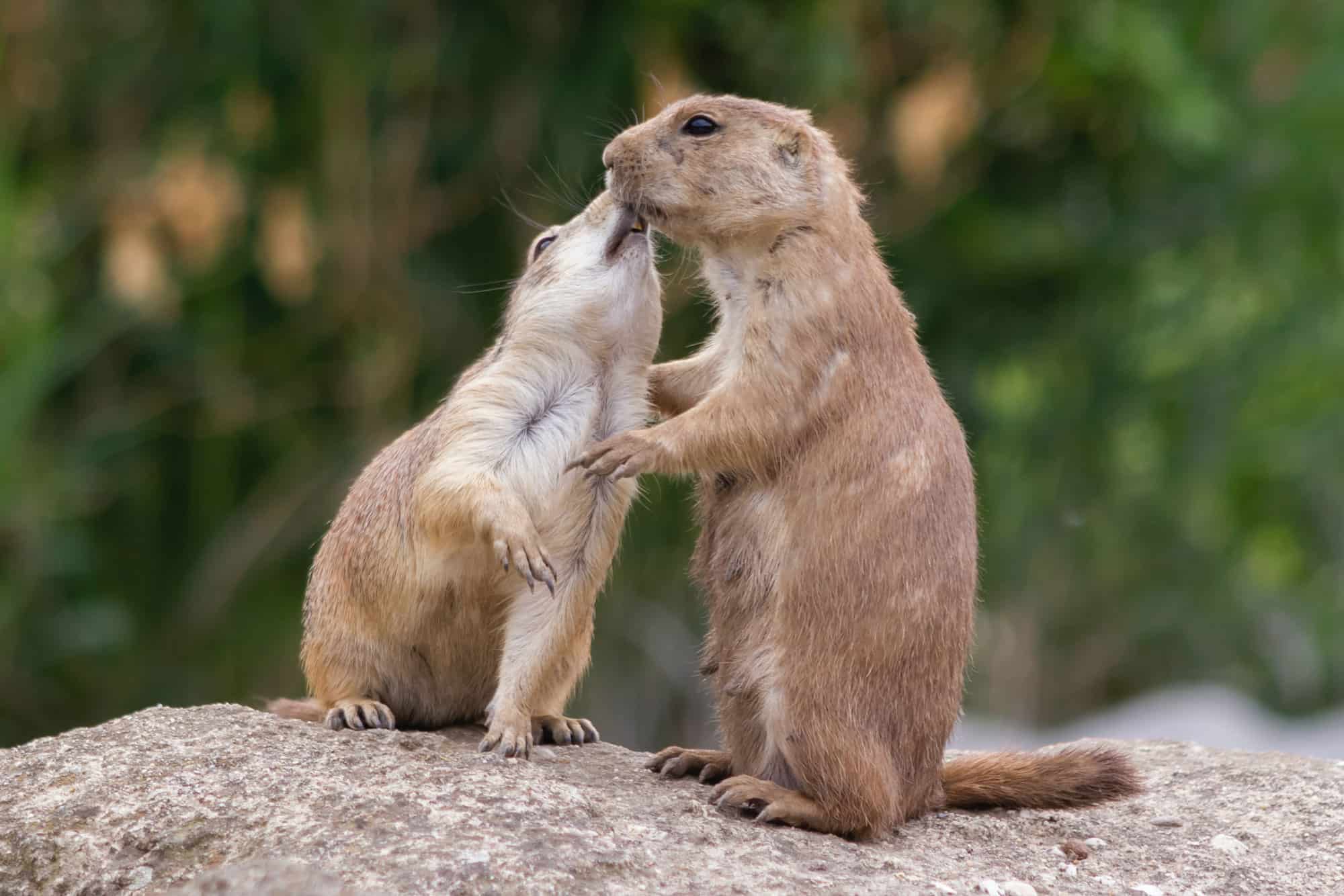7 Hummingbird Facts That Will Leave You in Awe of the Winged Wonders
Hummingbirds are remarkable in many ways. Learn about different species, how to attract them to your yard, and hummingbird facts that will make you even more of a fan.

Published
Hummingbirds are nothing short of magical. Between their vibrant metallic hues, ability to effortlessly hover mid-air, and impressive speed, it's no wonder they're a favorite backyard bird of many.
If you're not already a fan of the pollinators, you're about to be. Read on to learn about some of the most awe-inspiring species, how to attract hummingbirds to your yard, and hummingbird facts that will amaze you.
How Many Hummingbird Species Are There?

With such a large family of more than 300 species worldwide, there's plenty of hummers to awe over—from Venezuela's whimsical long-tailed sylph to Central America's ornately plumaged rufous-crested coquette.
In the United States, you're most likely to come across 15 types of hummingbirds with some of the highest populations being that of the ruby-throated hummingbird, rufous hummingbird, black-chinned hummingbird, Anna's hummingbird, and broad-tailed hummingbird.
According to Pollinator Partnership, some tropical hummingbirds are currently at risk due to habitat loss and the abundance of nectar plants. Unfortunately, climate change is only exacerbating these issues. So keep doing your part to take small steps toward a more sustainable future every day.
How to Attract Hummingbirds to Your Yard

The best thing about hummingbirds is that you don't need to go searching for them—they can come right to you.
Attracting hummingbirds to your yard is easy, so long as you create an environment that's safe, inviting, and filled with nectar-rich flowers and/or a well-stocked hummingbird feeder.
Hummingbird Diet
A hummingbird's diet mostly consists of nectar from flowers, as well as insects (think gnats, mosquitos, and ants). According to the National Audubon Society, while native flowering plants are the best nectar source, a backyard sugar-water feeder can serve as a supplemental food source for hummers, providing them with sustenance when they need it most.

You've probably spotted the eye-catching red feeders before. Simply bring 1/4 cup refined white sugar and 1 cup water to a boil (always use this 1:4 ratio), let it cool, then fill the feeder. Contrary to popular belief, red food coloring doesn't need to be added—in fact, those chemicals could be harmful to the birds. Remember to clean and refill your feeder regularly.
Hummingbird Safety
Aside from providing a food source for your backyard hummingbirds, also ensure the space is safe for them to visit. Cats are common predators of the birds, so ensure you don't have an outdoor cat who's lurking around waiting for its next meal. And if you're positioning your feeder by a glass window, apply window decals so hummers won't accidentally fly into them, which could cause serious injury or death.
Want to learn more about these winged wonders? These hummingbird facts will make you appreciate the animal on a whole new level.
7 Hummingbird Facts That Will Amaze You
1. They're the only bird that can fly backward.

Hummingbirds are impressive fliers. Essentially miniature acrobats, they can fly in all directions—forward, sideways, upside down, and even backward. In fact, hummers are the only bird that can fly backward and hover in mid-air.
2. Their hearts beat at an exceptionally high pace.

If you think your own heart beats fast sometimes, just wait. A hummingbird's heart can beat at 1,260 beats per minute due to the energy demands of flight.
3. They can see colors you can't.

Past research has found hummingbirds are able to see nonspectral colors, which don't appear in our typical rainbow (spectral colors). This is due to four color cone types in their eyes—one more than humans have.
If only we could see the world through their eyes; those next-level ultraviolet hues would probably stop us in our tracks.
4. They're solitary creatures.

While most birds form flocks, hummingbirds are solitary creatures. This is even during breeding season; their courtship only lasts a few minutes until they carry on by themselves. They also migrate solo, with some hummers flying thousands of miles per year all alone.
5. They have a long, forked tongue.

Another unique characteristic of hummingbirds is their long, forked tongues. So long that they coil up when not in use. But hey, they have to get to that precious, precious nectar somehow.
6. They can fly super-fast.

If you thought cheetahs were speedy, just wait. Hummingbirds can fly up to 60 miles per hour during courtship displays. On a regular day, they're still moving along at around 30 miles per hour.
And if you're curious, this speediness is what gave them their name. "Hummingbird" comes from the humming sound the bird's wings make as they beat rapidly.
7. Their memory is top-notch.

Hummingbirds have a top-notch memory. A past study published in Current Biology found they not only remembered where specific flowers were located, but also when they were last there. These are "two of the fundamental aspects of episodic-like memory—the kind of memory for specific events often thought to be exclusive to humans," reads the study.
The Takeaway

It's very clear that hummingbirds are truly remarkable creatures. If you take the time to make your backyard a hummingbird haven, it won't be long until they grace you with their bright and tiny presence, allowing you to experience their magic first-hand.

13 Animal Facts You Need to Know (Including Why Prairie Dogs Kiss!)
These amazing animal facts are sure to surprise and fascinate you. Learn about koalas, sloths, prairie dogs, sea otters, and more.

8 Fascinating Facts About Blue Whales—and How to Help Them
These facts about blue whales will fascinate you, from how they fight climate change to their favorite food. Plus, learn how to save them.

Facts About House Spiders That Will Make You Hate Them Less
There's no reason to hate house spiders. Here's facts about house spiders, the most common types, and how they benefit the planet.

